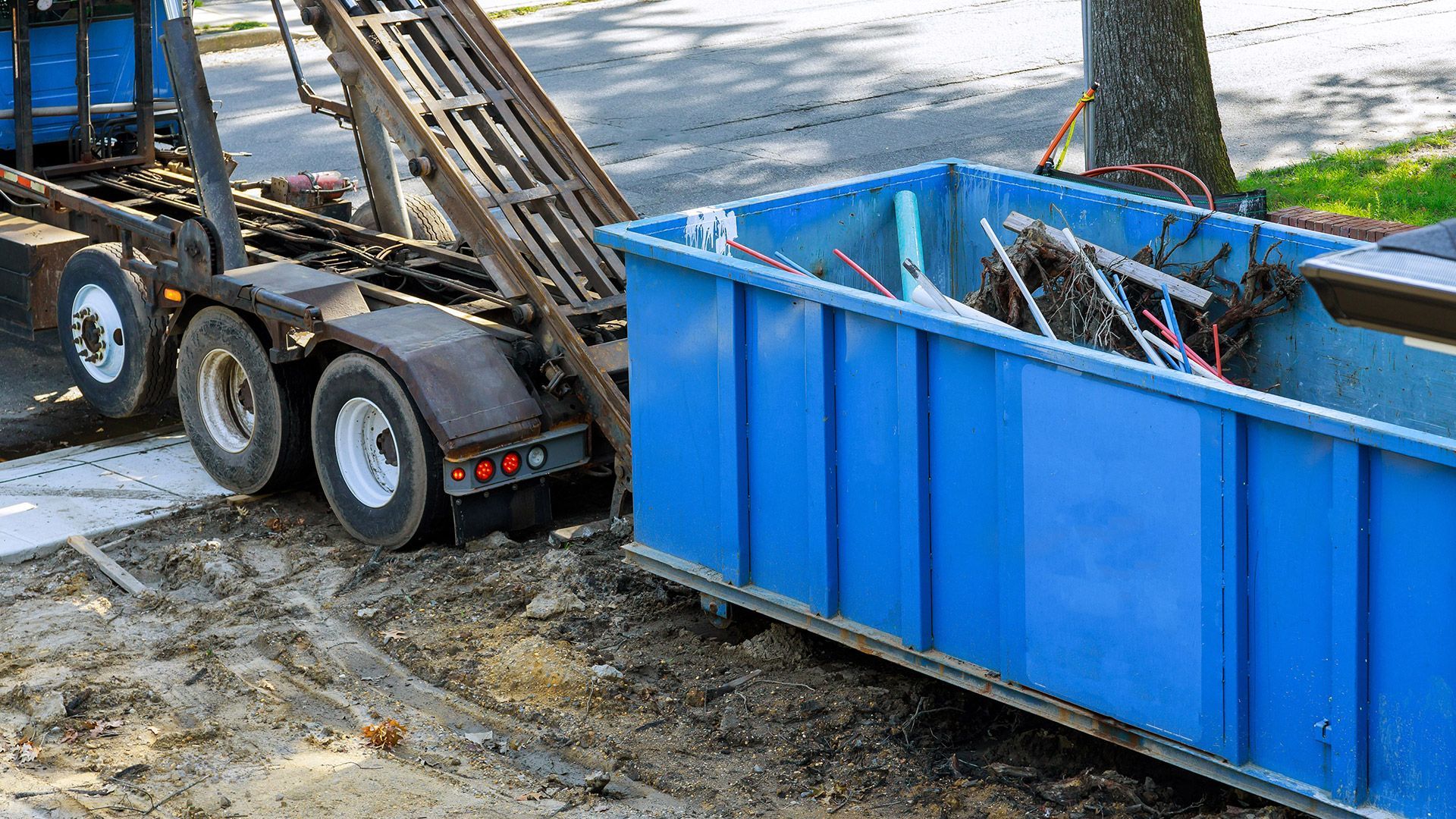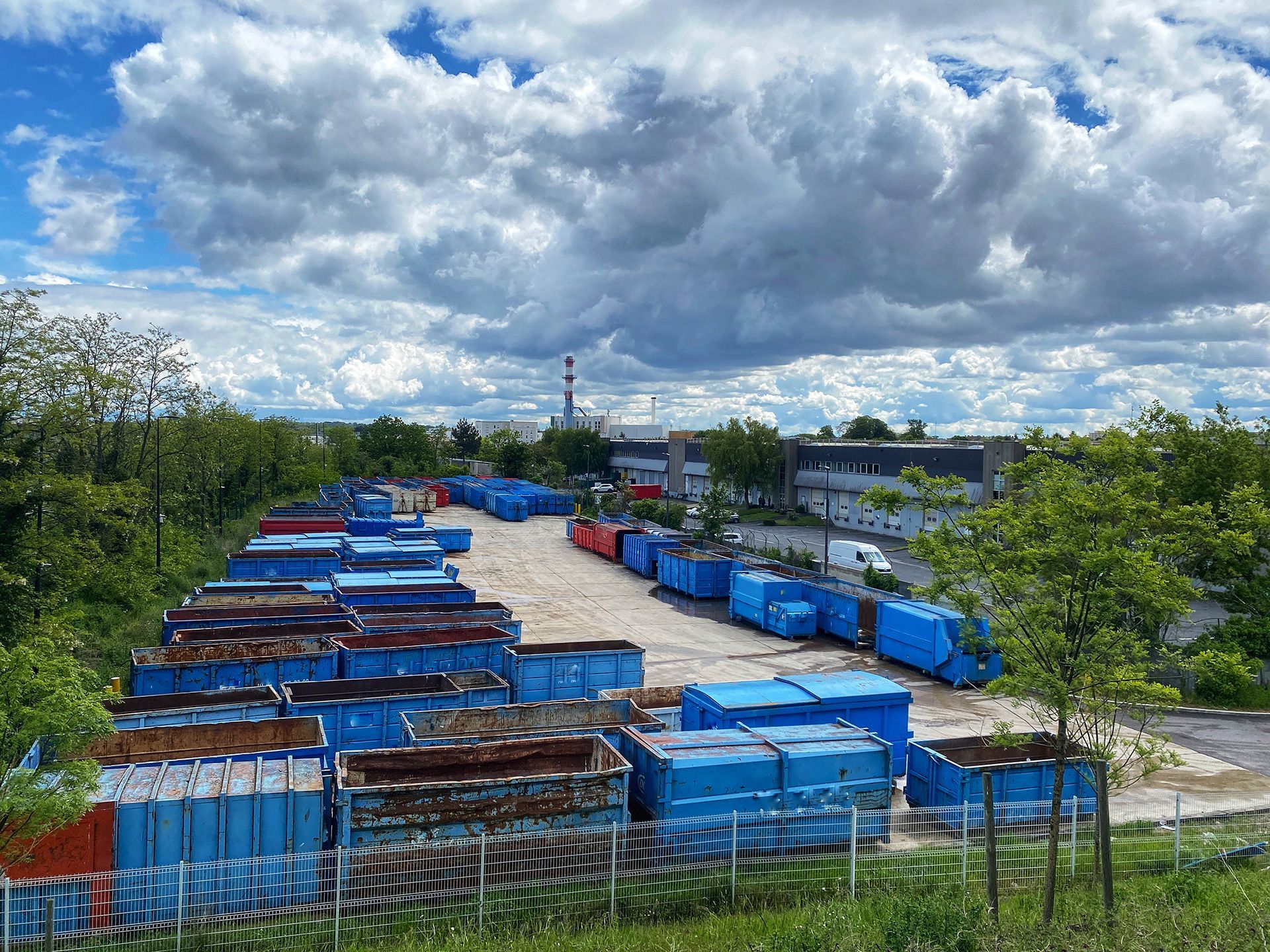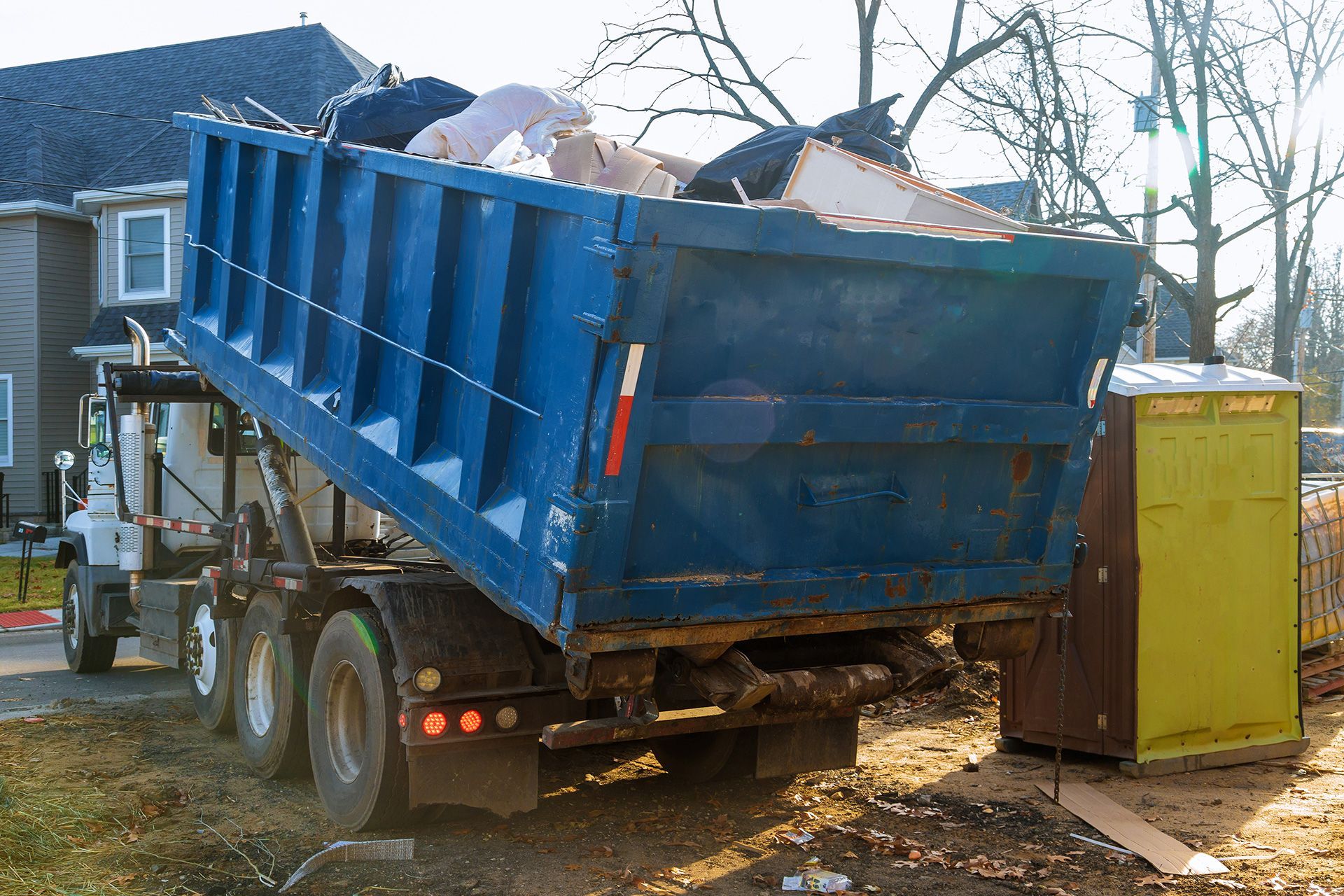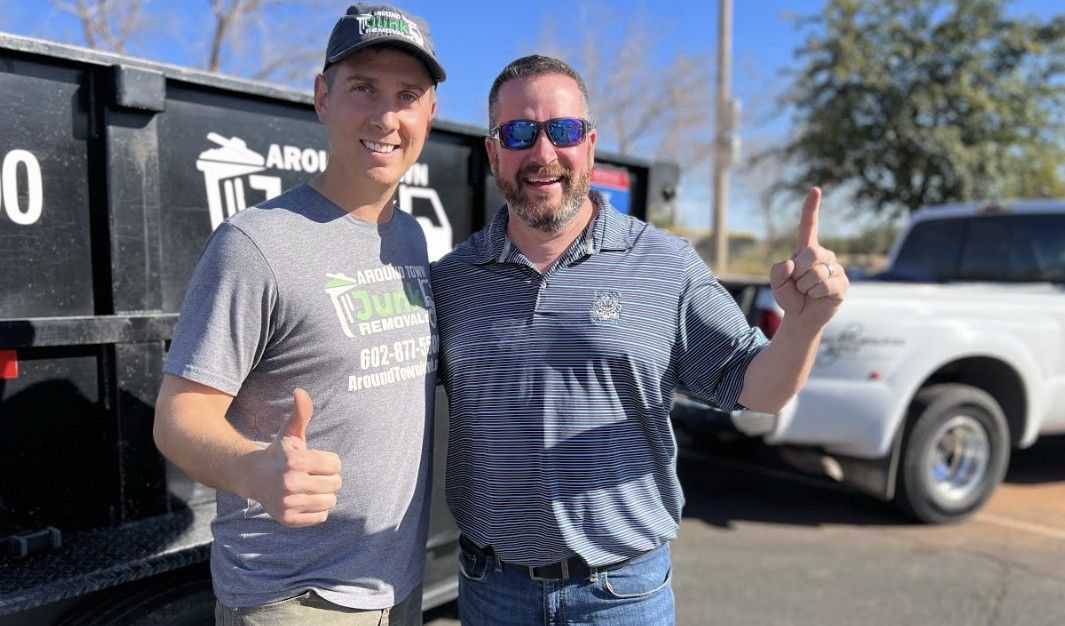Why Junk Removal Businesses Need Specialized Insurance
Best Practices For Driving Junk Removal Trucks and Hauling Dumpsters: Wisdom Insurance's Expert Advice
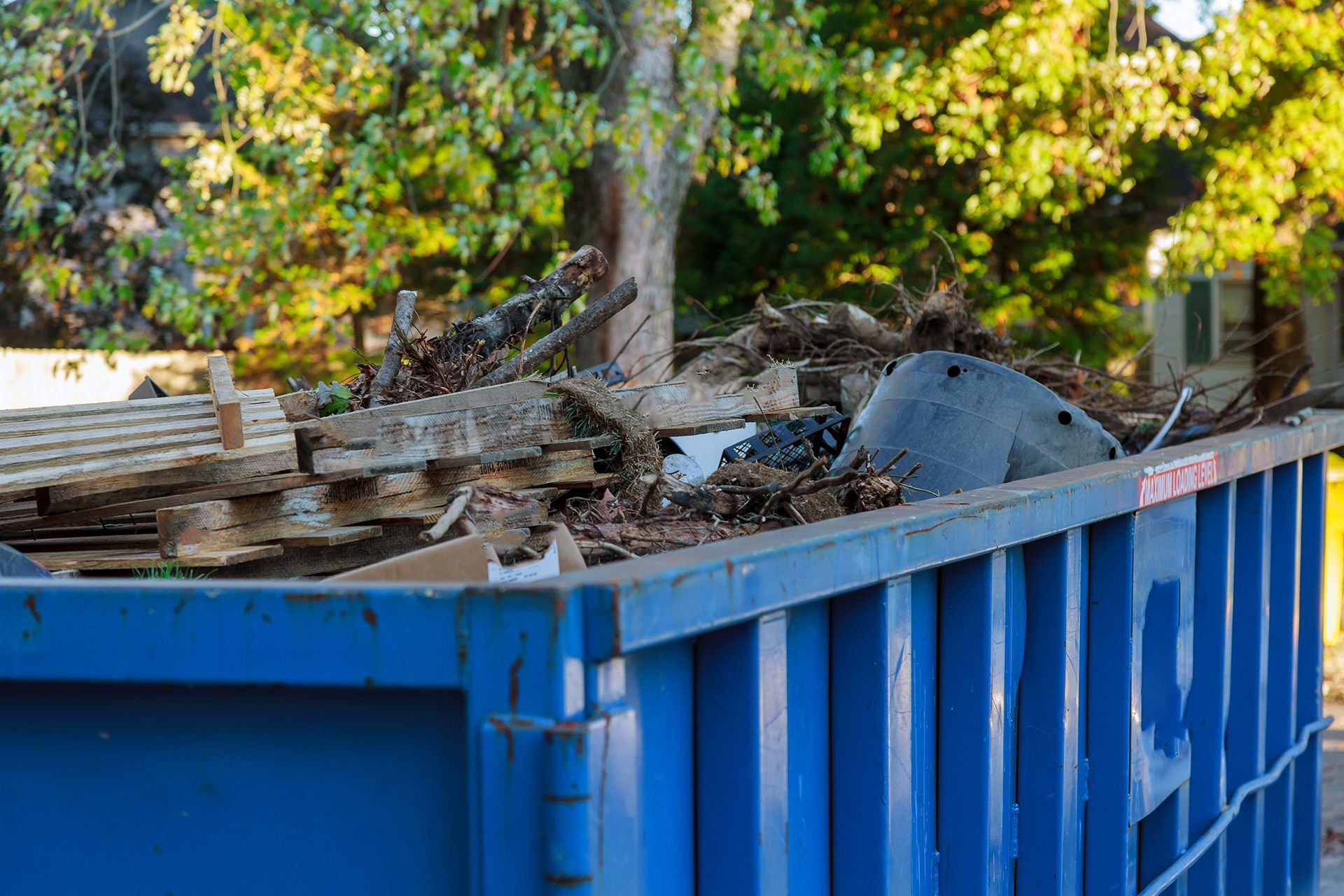
Driving a junk removal truck or hauling dumpsters involves much more than just getting behind the wheel and heading to your next job site. It requires careful planning, adherence to safety protocols, and a thorough understanding of the specific challenges that come with transporting large, heavy loads. At Wisdom Insurance, we understand the risks and responsibilities associated with these tasks. To help you stay safe and efficient on the road, we’ve put together this guide on the best practices for driving a junk removal truck or hauling dumpsters.
1. Understand the Vehicle's Capabilities and Limitations
One of the first steps to driving safely is to fully understand the capabilities and limitations of your vehicle. Junk removal trucks and dumpster haulers are often larger, heavier, and more complex than standard vehicles. They have different handling characteristics, require longer stopping distances, and may have limited visibility.
Best Practice: Before you begin your journey, take the time to familiarize yourself with your truck’s dimensions, weight limits, and any special features, such as hydraulic systems or rear-wheel steering. Ensure that your load is within the vehicle’s capacity and that it’s evenly distributed to avoid stability issues.
2. Perform a Pre-Trip Inspection
A thorough pre-trip inspection is essential for ensuring your truck is in safe operating condition. This step can prevent breakdowns, accidents, and costly repairs.
Best Practice: Check the following before each trip:
- Brakes: Ensure the brake system is functioning properly, including the air brakes if your vehicle is equipped with them.
- Tires: Inspect the tires for adequate tread depth, proper inflation, and any signs of damage.
- Lights: Test all lights, including headlights, brake lights, turn signals, and emergency flashers.
- Hydraulics and Attachments: Verify that all hydraulic systems, such as those used for lifting dumpsters, are functioning correctly and that all attachments are secure.
- Mirrors and Cameras: Ensure that all mirrors and backup cameras are clean and properly adjusted.
3. Secure the Load Properly
One of the most critical aspects of hauling junk or dumpsters is ensuring that your load is properly secured. An unsecured load can shift during transit, leading to dangerous situations like rollovers or debris falling onto the road.
Best Practice: Use appropriate tie-downs, straps, and nets to secure all items. For dumpsters, make sure they are locked in place and cannot shift during transport. Regularly check the load during the trip, especially after making sharp turns or sudden stops.
4. Practice Defensive Driving
Defensive driving is a crucial skill for anyone operating a large vehicle, especially in urban areas where traffic is unpredictable. Always be aware of your surroundings and anticipate the actions of other drivers.
Best Practice:
- Maintain a Safe Following Distance: Because junk removal trucks and dumpster haulers take longer to stop, maintain a greater distance between your vehicle and the one in front of you.
- Watch for Blind Spots: Large trucks have significant blind spots. Be extra cautious when changing lanes or merging and use your mirrors and cameras to check for other vehicles.
- Drive at Safe Speeds: Always adhere to speed limits, but also consider driving below the limit if road conditions are poor or if you’re navigating a tight space.
5. Be Mindful of Overhead Clearance
Junk removal trucks and dumpsters are often taller than regular vehicles, making overhead clearance a critical consideration. Low bridges, power lines, and tree branches can pose serious hazards.
Best Practice: Know the height of your vehicle and be constantly aware of any overhead obstacles, especially in urban areas or when entering parking structures. If you’re unsure about clearance, it’s better to take an alternate route or stop and assess the situation before proceeding.
6. Plan Your Route in Advance
Planning your route ahead of time can help you avoid unnecessary risks and delays. Consider factors such as road conditions, traffic patterns, and any potential obstacles.
Best Practice: Use GPS systems designed for commercial vehicles, which take into account the height, weight, and width of your truck. Avoid residential areas with narrow streets, low-hanging wires, or tight turns that could pose a challenge for large vehicles.
7. Communicate Clearly
Clear communication is essential when working in teams or coordinating with site personnel. Miscommunication can lead to accidents, especially when maneuvering in tight spaces or during loading and unloading.
Best Practice: Use two-way radios or hands-free communication devices to stay in touch with your team. Always confirm instructions before moving the vehicle, and use agreed-upon signals or codes to indicate when it’s safe to proceed.
8. Stay Alert and Avoid Fatigue
Driving a large vehicle requires your full attention. Fatigue can slow reaction times and impair judgment, increasing the risk of accidents.
Best Practice:
- Take Regular Breaks: Follow regulations regarding driving hours and take regular breaks to rest and recharge.
- Stay Hydrated and Eat Healthily: Dehydration and poor nutrition can contribute to fatigue. Keep water and healthy snacks on hand.
- Know the Signs of Fatigue: If you find yourself struggling to stay focused, it’s time to pull over and rest.
9. Be Prepared for Emergencies
No matter how carefully you plan, emergencies can still happen. Being prepared can make all the difference in how you handle unexpected situations.
Best Practice:
- Carry an Emergency Kit: Your truck should be equipped with basic emergency supplies, including a first aid kit, fire extinguisher, reflective triangles, and a flashlight.
- Know Your Escape Routes: In case of a breakdown or accident, be aware of the safest places to pull over.
- Stay Calm: In an emergency, staying calm and following your training can help you resolve the situation more effectively.
10. Understand Insurance and Liability
As a driver of a junk removal truck or dumpster hauler, understanding your insurance coverage and liability is crucial. Accidents and damages can have significant financial implications, both for you and your business.
Best Practice:
- Review Your Insurance Policy: Make sure you have comprehensive coverage that includes liability, collision, and cargo insurance. Understand what is and isn’t covered, and ensure that your policy limits are adequate for your needs. Wisdom Insurance can help with this!
- Report Incidents Promptly: In the event of an accident or damage, report it to your insurance provider immediately. Prompt reporting can help with claims processing and ensure that you’re covered for any expenses.
Conclusion
Driving a junk removal truck or hauling dumpsters comes with a unique set of challenges and responsibilities. By following these best practices, you can ensure that you’re not only keeping yourself and others safe but also maintaining the efficiency and professionalism that are essential to success in this field. At Wisdom Insurance, we’re committed to helping you stay protected on the road. If you have any questions about your coverage or need advice on managing the risks associated with your business, don’t hesitate to reach out to us. Safe driving!


